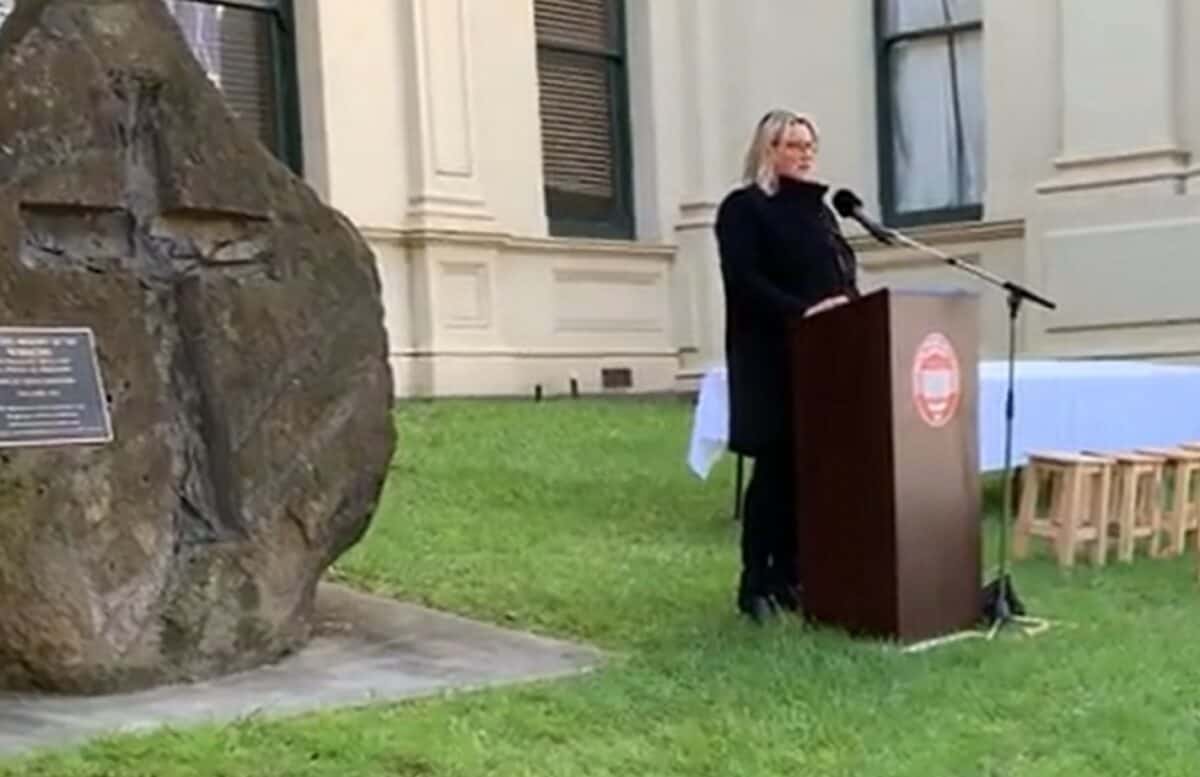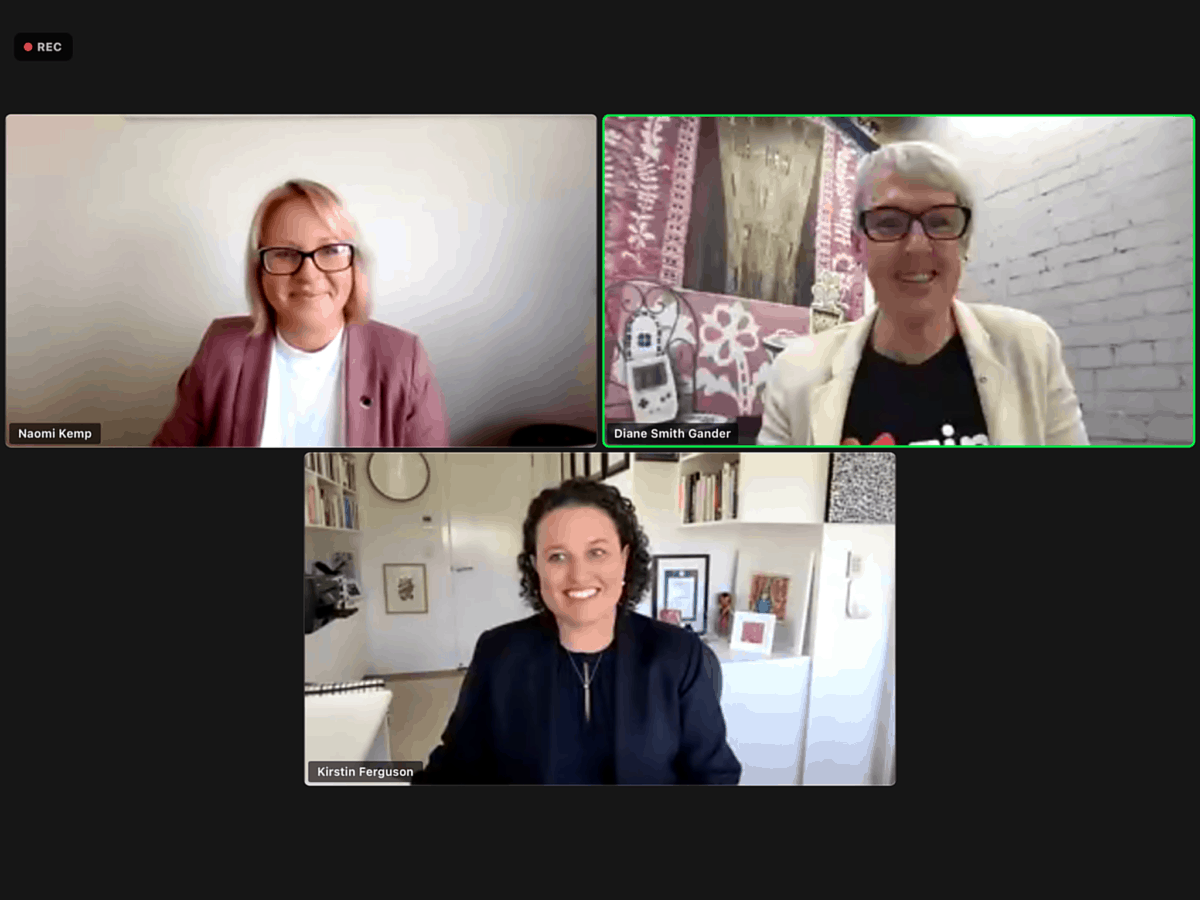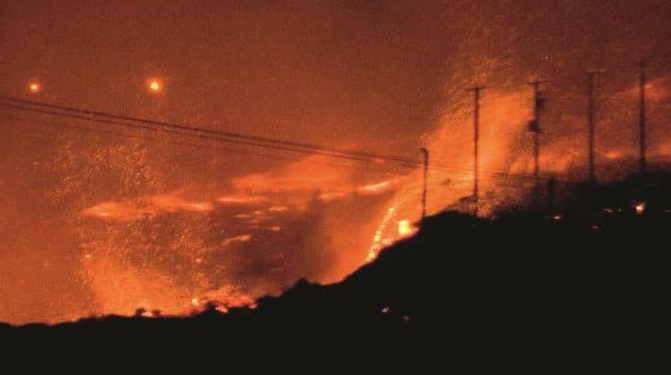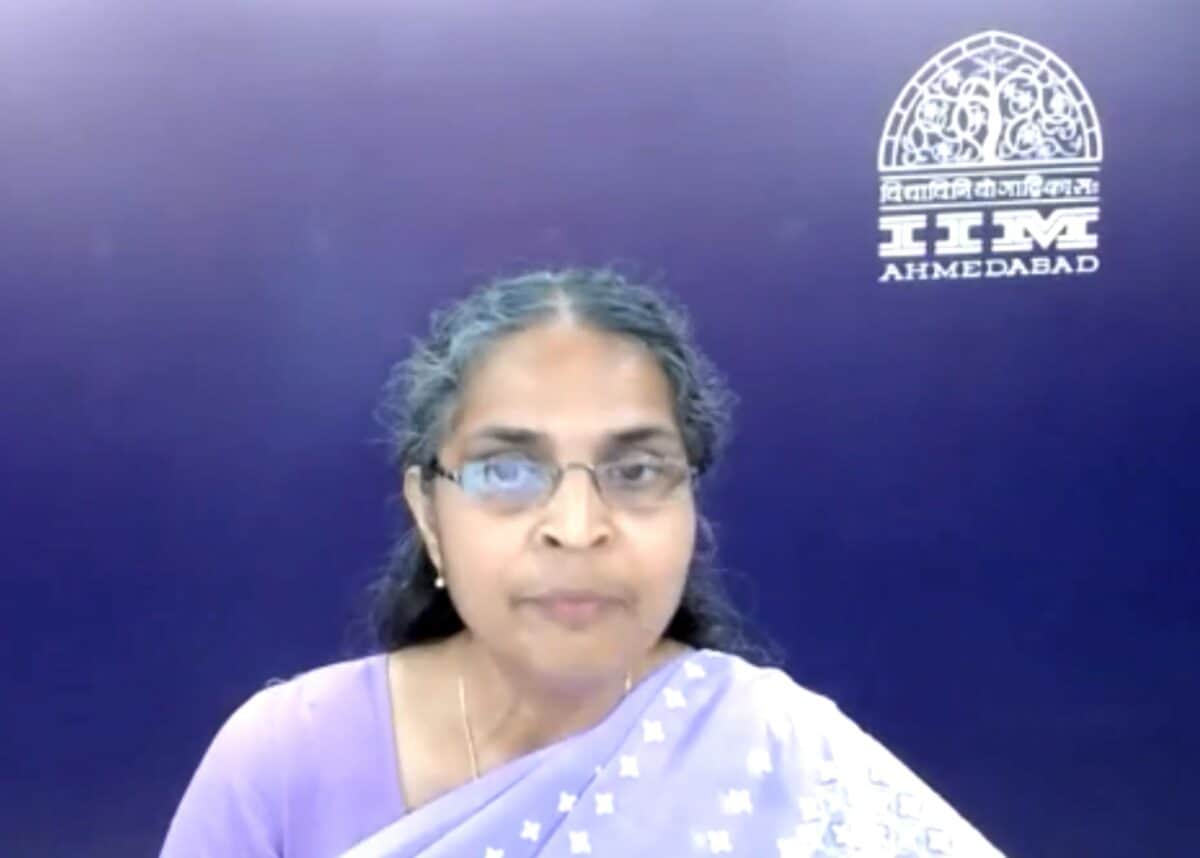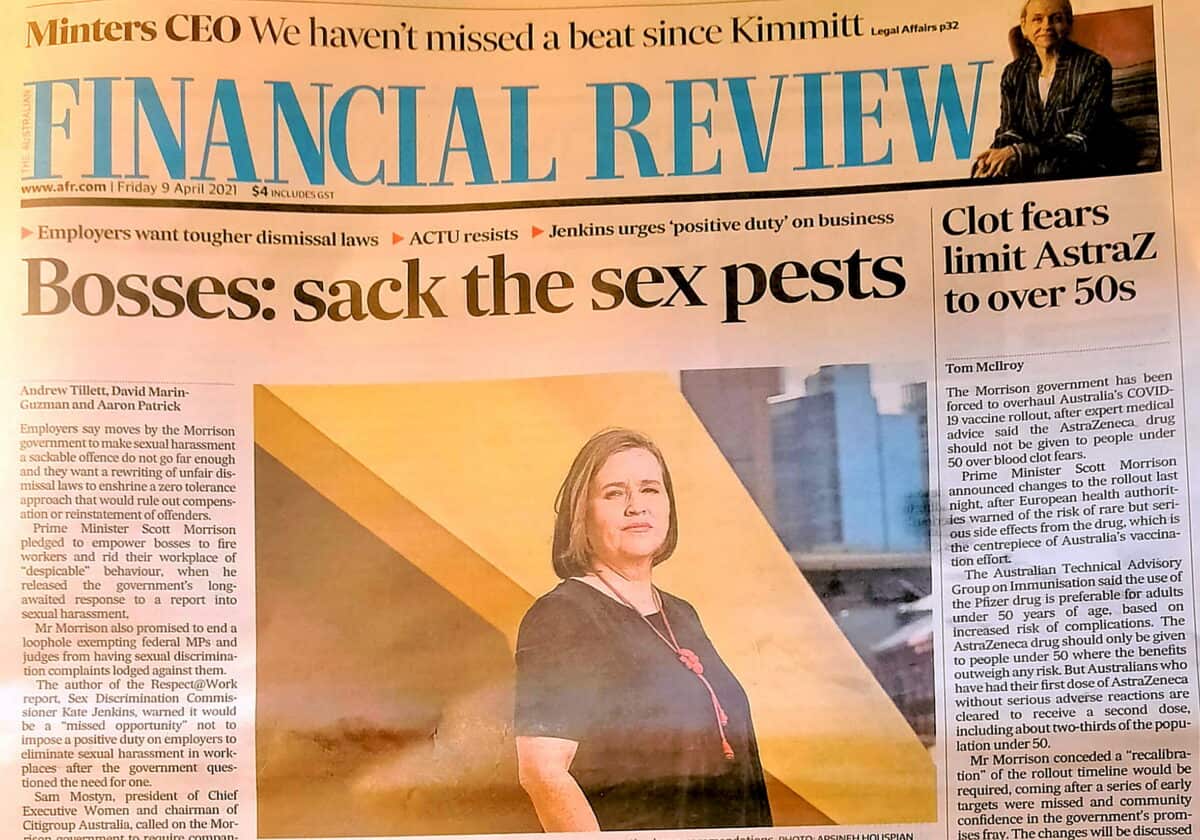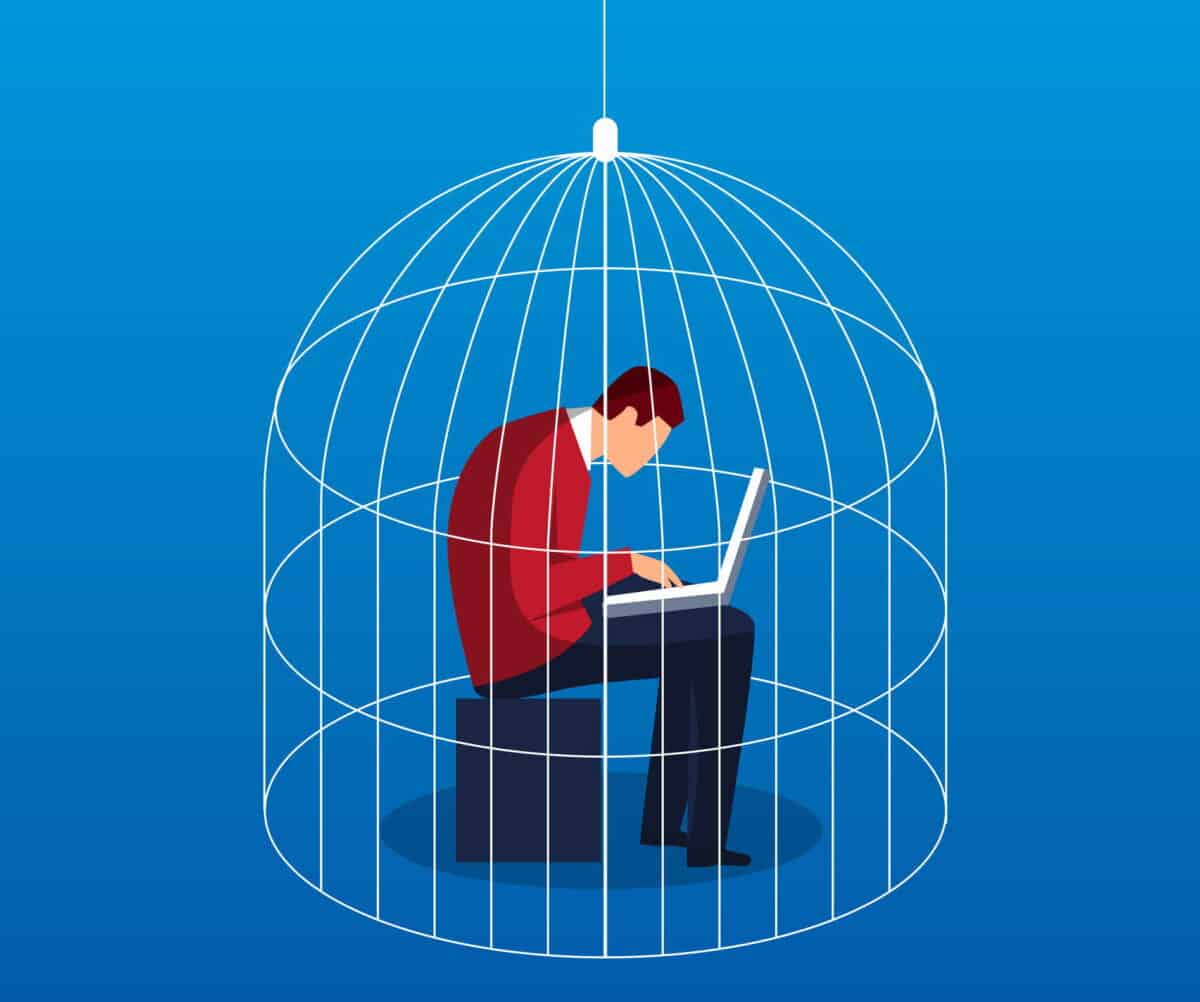At yesterday’s memorial for workers, Victoria’s Minister for Workplace Safety, Ingrid Stitt (pictured above), announced more financial support for the families of deceased workers. She also pledged that the prevention of illness and injury will remain a focus of WorkSafe Victoria and the government, but the centrepiece of her speech was additional post-incident funding.
According to a media statement in support of her appearance at the memorial outside the Victorian Trades Hall, she announced
“…an increase in support delivered by WorkSafe Victoria’s Family Liaison Officers and Family Support Specialists in the first weeks following a workplace death [including] … appointing external Bereavement Support Workers, who will work with WorkSafe and families to ensure ongoing support is available, particularly ahead of important milestones relating to workplace deaths.”
The Minister’s commitment is consistent with the position of the Andrews Government for some time, especially since the campaign for Industrial Manslaughter penalties. The challenge may come from lobbying for grants for these support services.

